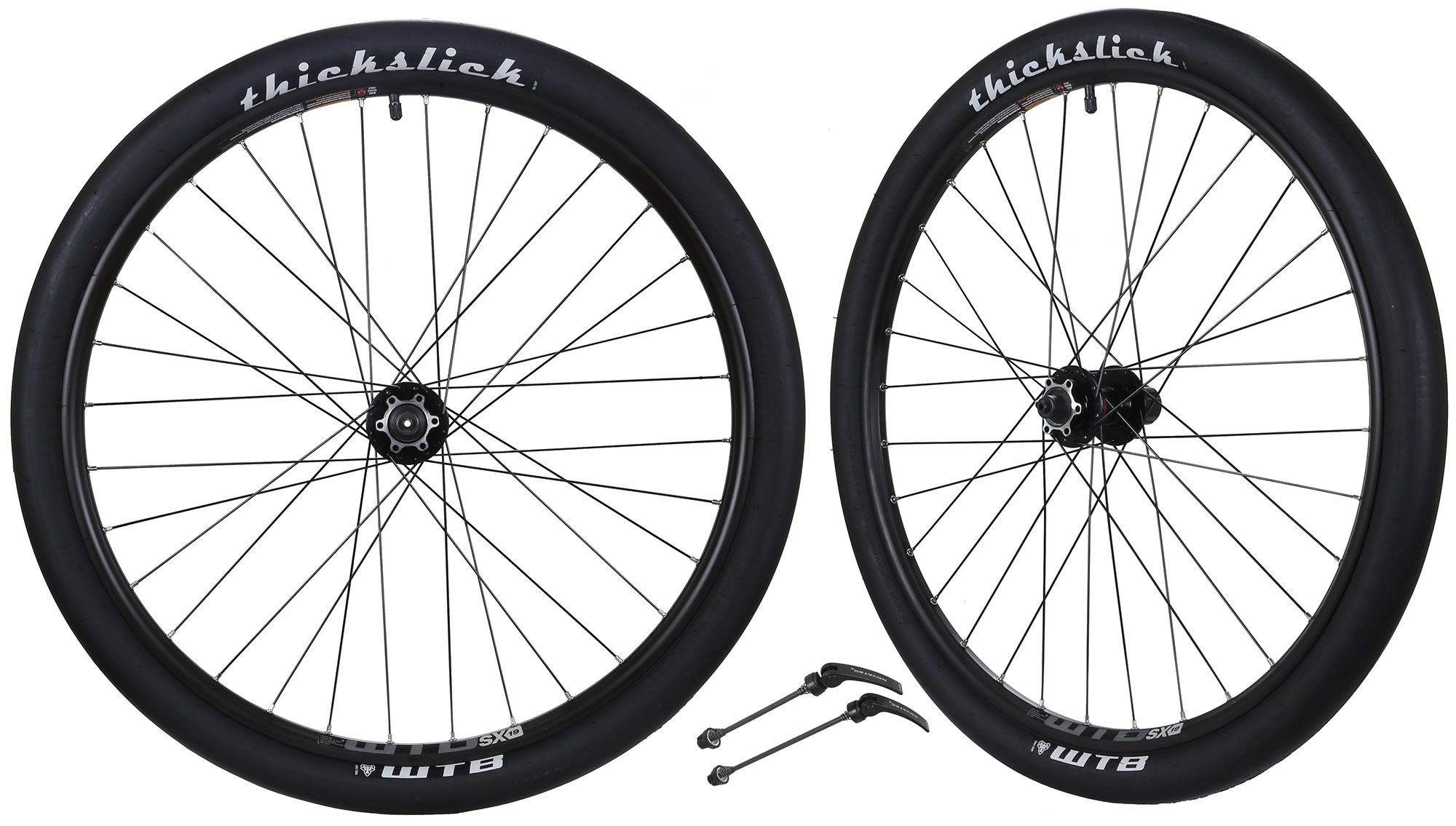
If switching from a 1X11 SRAM drivetrain with 32T chainring to an Eagle drivetrain, you’ll know to fit a 38T chainring for a similarly easy climbing gear. Once you’ve understood the basic principles you’ll easily be able to compare the gear ranges and ratios of different drivetrains. We’ve compiled a chart that compares the gear ratios of three common drivetrains with the following gear steps: If you had to change to 30T chainring on the SRAM drivetrain, you would achieve similar gear ratios as the Shimano XT of 30/42 = 0.714 and 30/10 = 3.000. A SRAM 10-42 cassette has a very similar gear range, but with a 32T chainring the lowest gear has a ratio of 32/42 = 0.762 and the highest gear has a ratio of 32/10 = 3.200. With this configuration, the lowest gear has a ratio of 32/46 = 0.696 and the highest gear has a ratio of 32/11 = 2.909. Let’s say you’ve got a Shimano XT 11-46 cassette and a 32T chainring. We’ll use the following example for clarification.

You can calculate the gearing ratio by dividing the teeth of the chainring with the teeth of the cog on the cassette. The smaller the chainring, the easier the lowest gear for climbing the bigger the chainring, the faster you can go in the highest gear. While the choice of cassette determines the gear range of your drivetrain, you can shift the gearing up and down with the size of the chainring. The easiest gear of an Eagle drivetrain paired with a 34T chainring is easier than the easiest gear on a 1×11 SRAM drivetrain with a 30T chainring while the highest gear is the same as a 1×11 drivetrain with a 34T chainring. For example: switching from a regular 11-speed drivetrain to a 12-speed drivetrain, like a SRAM Eagle or the new Shimano XTR, you technically don’t gain just one but two additional gears.

Ultimately, it doesn’t come down to the number of gears you’ve got, but the gear range of your cassette. E*thriteen’s 9-46T cassette, for example, offers a 511 % gear range whereas Shimano’s 11-46T cassette merely offers a 418 % gear range. By working out the gear range of your cassette, you will notice that even a small difference in the smallest cog can make a massive difference overall. You work out the gear range of the cassette by dividing the biggest cog by the smallest, so 42/10 = 4.20 = 420 %.


Spec sheets usually mention the largest and the smallest cog of your cassette, where the smallest cog in a 10-42 cassette has 10 teeth and the largest has 42 teeth. The gear range of your cassette is a major factor in considering the total usable gear range of your drivetrain.


 0 kommentar(er)
0 kommentar(er)
